The tech billionaire Elon Musk has come to define innovation, but he can also be a lightning rod for controversy; he recently endorsed antisemitic remarks on X, formerly known as Twitter, which prompted companies to pull their advertising. In his interview, Musk discusses his emotional state and why he has “no problem being hated.” This interview was with Andrew Ross Sorkin of The New York Times at the annual DealBook Summit and recorded live in front of an audience at Jazz at Lincoln Center.
Category: energy – Page 117


A gamma-ray pulsar milestone inspires innovative astrophysics and applications
The U.S. Naval Research Laboratory (NRL), in conjunction with the international Fermi Large Area Telescope Collaboration, announce the discovery of nearly 300 gamma ray pulsars in the publication of their Third Catalog of Gamma Ray Pulsars. This milestone comes 15 years after the launch of Fermi in 2008 when there were fewer than ten known gamma-ray pulsars.
“Work on this important catalog has been going on in our group for years,” said Paul Ray, Ph.D., head of the High Energy Astrophysics and Applications Section at NRL. “Our scientists and postdocs have been able to both discover and analyze the timing behavior and spectra of many of these newfound pulsars as part of our quest to further our understanding of these exotic stars that we are able to use as cosmic clocks.”
Pulsars are formed when massive stars have burned through their fuel supply and become unable to resist the inward pull of their own gravity. This results in the star collapsing into a dense, spinning, magnetized neutron star. Their spinning magnetic fields send out beams of gamma rays, the most energetic form of light. As these beams sweep across the Earth, the highly sensitive Fermi gamma-ray telescope can observe their periodic energy pulses. With more than 15 years of data, Fermi has transformed the field of pulsar research.
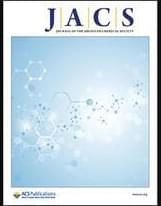
Electrochemical C–N Bond Formation within Boron Imidazolate Cages Featuring Single Copper Sites
Electrocatalysis expands the ability to generate industrially relevant chemicals locally and on-demand with intermittent renewable energy, thereby improving grid resiliency and reducing supply logistics. Herein, we report the feasibility of using molecular copper boron-imidazolate cages, BIF-29(Cu), to enable coupling between the electroreduction reaction of CO2 (CO2RR) with NO3– reduction (NO3RR) to produce urea with high selectivity of 68.5% and activity of 424 μA cm–2. Remarkably, BIF-29(Cu) is among the most selective systems for this multistep C–N coupling to-date, despite possessing isolated single-metal sites. The mechanism for C–N bond formation was probed with a combination of electrochemical analysis, in situ spectroscopy, and atomic-scale simulations. We found that NO3RR and CO2RR occur in tandem at separate copper sites with the most favorable C–N coupling pathway following the condensation between *CO and NH2OH to produce urea. This work highlights the utility of supramolecular metal–organic cages with atomically discrete active sites to enable highly efficient coupling reactions.
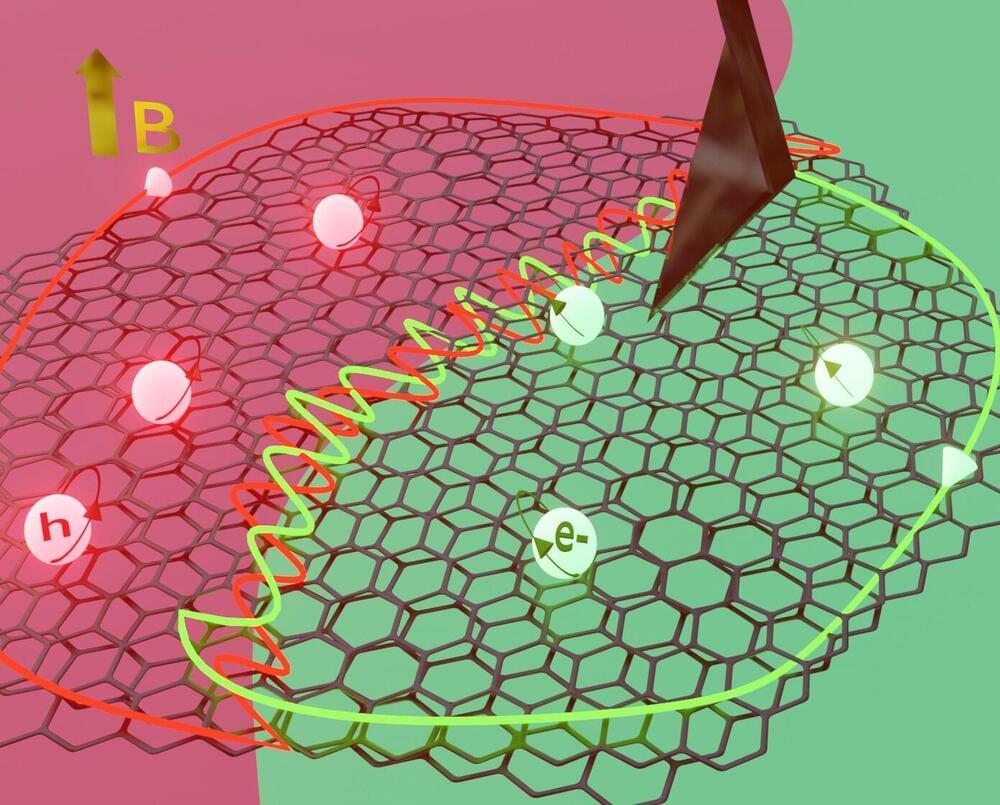
Investigating and fine-tuning the properties of ‘magic’ graphene
Recent advances in the development of devices made of 2D materials are paving the way for new technological capabilities, especially in the field of quantum technology. So far, however, little research has been carried out into energy losses in strongly interacting systems.
With this in mind, the team led by Professor Ernst Meyer from the Department of Physics at the University of Basel used an atomic force microscope in pendulum mode to investigate a graphene device in greater detail. For this, the researchers utilized a two-layer graphene, fabricated by colleagues at LMU Munich, in which the two layers were twisted by 1.08°
When stacked and twisted relative to one another, the two layers of graphene produce “moiré” superstructures, and the material acquires new properties. For example, when the two layers are twisted by the so-called magic angle of 1.08°, graphene becomes a superconductor at very low temperatures, conducting electricity with almost no energy dissipation.

Toyota CEO: “Our Ammonia Engine Is the End of EV’s”
In a world that seems inexorably drawn towards an all-electric future, Toyota has consistently taken a different road. The Japanese automaker remains skeptical about an exclusive reliance on electric vehicles (EVs). While it’s true that Toyota has some exciting EVs in the pipeline for the upcoming year, they are also actively exploring alternative energy sources. However, a recent development could potentially turn the tables on the EV revolution — an ammonia-powered engine for passenger vehicles.
Also, to read:
Is Earth’s Magnetic Field on The Verge of Flipping Over? An Expert Explains
O.o!!!!!!!
The Earth’s magnetic field plays a big role in protecting people from hazardous radiation and geomagnetic activity that could affect satellite communication and the operation of power grids. And it moves.
Scientists have studied and tracked the motion of the magnetic poles for centuries. The historical movement of these poles indicates a change in the global geometry of the Earth’s magnetic field.
It may even indicate the beginning of a field reversal – a “flip” between the north and south magnetic poles.
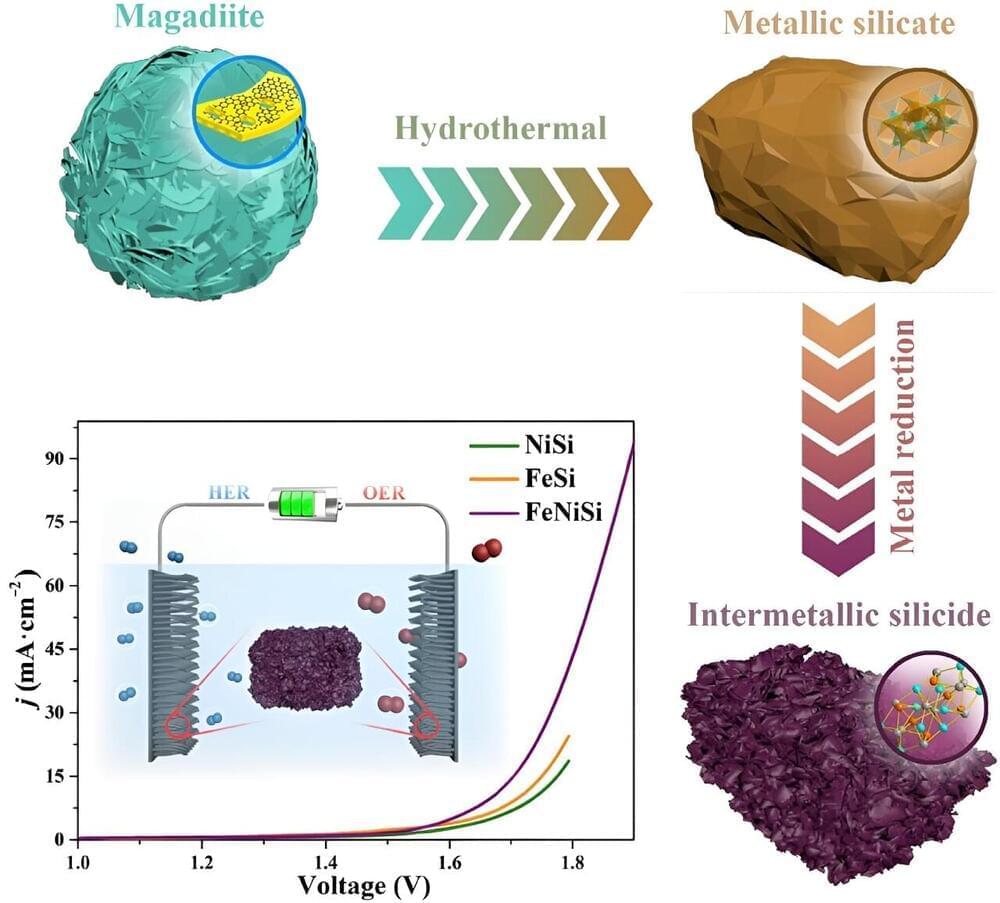
Durable, inexpensive electrocatalyst generates clean hydrogen and oxygen from water
A new electrocatalyst made of nickel (Ni), iron (Fe) and silicon (Si) that decreases the amount of energy required to synthesize H2 from water has been manufactured in a simple and cost-effective way, increasing the practicality of H2 as a clean and renewable energy of the future.
Hydrogen is a highly combustible gas that can help the world achieve its clean energy goals if manufactured in an environmentally responsible way. The primary hurdle to creating hydrogen gas from water is the large amount of energy required for the electrolysis of water, or splitting water molecules into hydrogen gas (H2) and oxygen (O2).
Most H2 produced today is derived from fossil fuels, which contributes to global warming. Manufacturing H2 from water through the hydrogen evolution reaction (HER) requires the use of a catalyst, or agent that lowers the amount of energy required for a chemical reaction. Until recently, these catalysts were made up of rare earth metals, like platinum, reducing the cost-efficiency and practicality of clean hydrogen production.
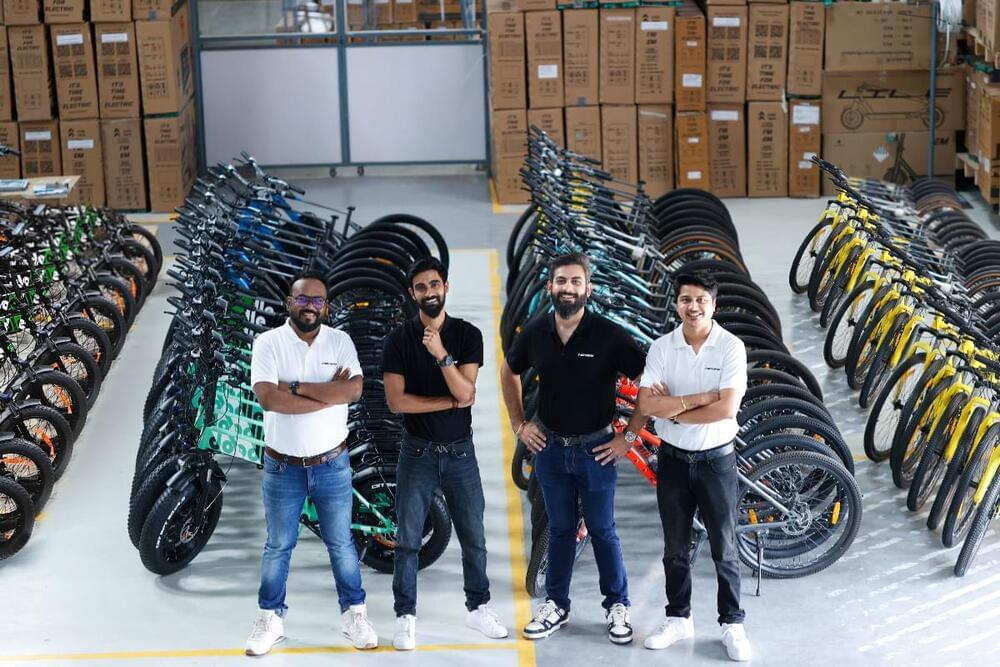
India’s EMotorad rides high with $20M investment for global e-bike push
EMotorad, an Indian startup manufacturing electric bikes, raised $20 million in a Series B round as it aims to disrupt China’s market domination and expand its presence in global markets.
The three-year-old startup has raised more than $22.5 million in total funding, with Singapore’s Panthera Growth Partners leading the latest round, along with participation from Alteria Capital, xto10x Technologies, and Green Frontier Capital — the startup’s existing investor. Additionally, the fresh funding round includes a debt of $2.5 million.
The demand for e-bikes is growing in markets beyond China and India as people seek to reduce their reliance on fossil fuels, ease traffic congestion on the roads and find alternative transportation options that do not require rigorous physical activity throughout their daily commute. In 2021, the World Bank predicted (PDF) that as many as 300 million e-bikes will circulate in cities across the globe by 2023. However, despite growing demand worldwide, e-bike supplies rely heavily on Chinese manufacturers. EMotorad is striving to overturn this trend by establishing its manufacturing operations in India.
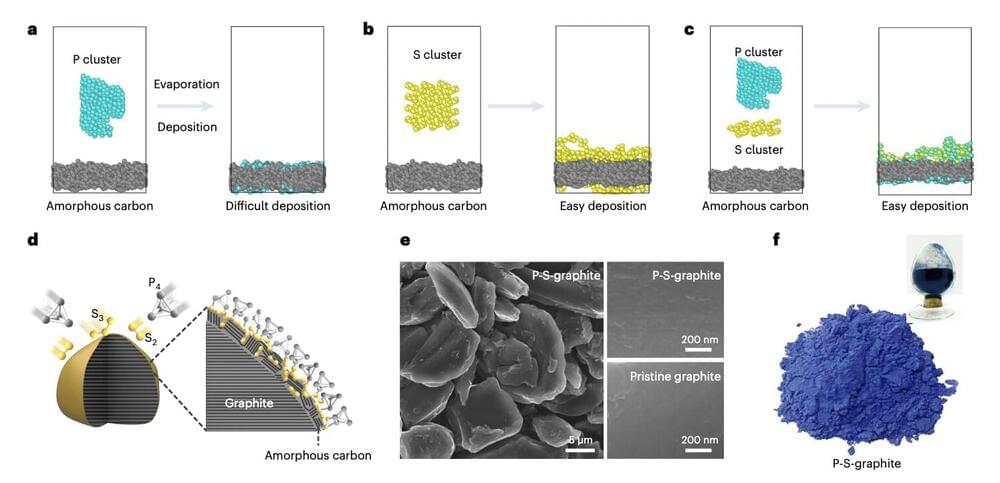
A new approach to create fast-charging lithium-ion batteries with a graphite-based anode
In recent years, engineers and material scientists have been trying to create increasingly advanced battery technologies that are charged faster, last longer, and can store more energy. These batteries will ultimately play a crucial role in the advancement of the electronics and energy sector, powering the wide range of portable devices on the market, as well as electric vehicles.
Lithium-ion batteries (LiBs) are currently the most widespread batteries worldwide, powering most electronics we use every day. Identifying scalable methods to increase the speed at which these batteries charge is thus one of the primary goals in the energy field, as it would not require switching to entirely new battery compositions.
Researchers at Huazhong University of Technology in China recently introduced a new strategy to develop fast-charging LiBs containing a graphite-based material. Their proposed battery design, outlined in a paper published in Nature Energy, was found to successfully speed up the charging time of LiBs, while also allowing them to retain much of their capacity even after they are charged thousands of times.